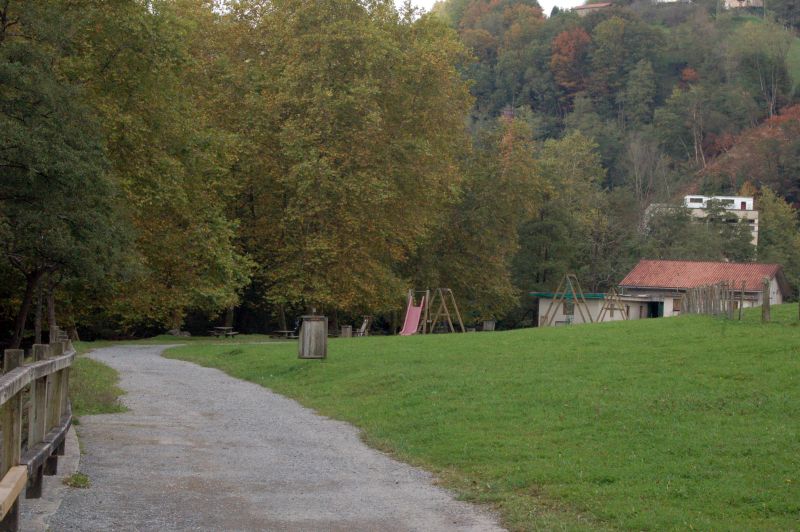
Puntos de Interés

Orography
Maó Harbour

It is one of the largest natural harbours in the world and the largest on the island, measuring over 5 kilometres long, which, combined with its depth, allows it to be a commercial, tourist and industrial harbour.
It has been used as a harbour since the 3rd century BC, as its natural configuration provided shelter for ships, being a base for numerous war fleets. The remains found confirm the existence of harbour facilities since the 17th century. There are even references in various documents to San Felipe Castle dock and La Caleta anchorage.
Its waters include the municipalities of Maó and Es Castell and, given its strategic location in the middle of the Mediterranean, Menorca changed hands several times over the course of the 18th century.
The islands of El Rey and El Llatzaret or Quarentena are located in the middle of the harbour. On the first of these islands there are still buildings dating back to 1793. Alfonso III arrived on this island in 1287 and there are the remains of an early Christian basilica and the old British military hospital, which led to the island being known as The Bloody Island.
Charles III, Count of Floridablanca, ordered the installation of Mahón's first lazaretto on the second island from 1490 to 1817. This decision was motivated by the arrival of the bubonic plague to the Menorcan coasts via ships coming from the East and North Africa. It is currently used as a venue for scientific symposiums and congresses.
The northern entrance to the harbour was protected by Sant Felipet Tower, on Llatzaret island; La Mola or Isabel II Fortress and La Mola Tower, on La Mola peninsula, while on the southern entrance the remains of Sant Felip Castle, Marlborough Fortress and Penjat Tower are still standing.


